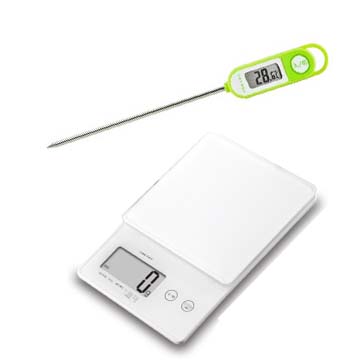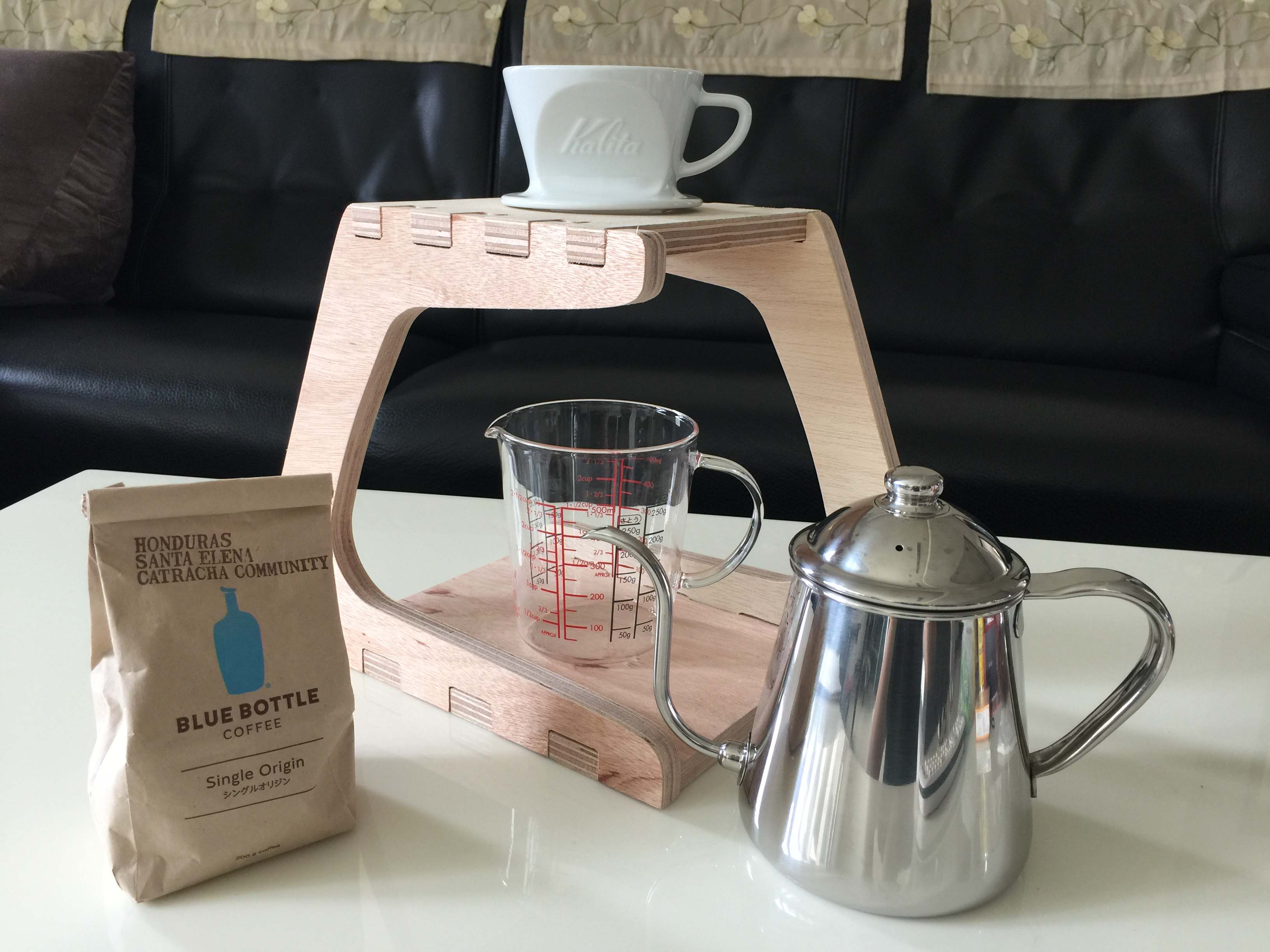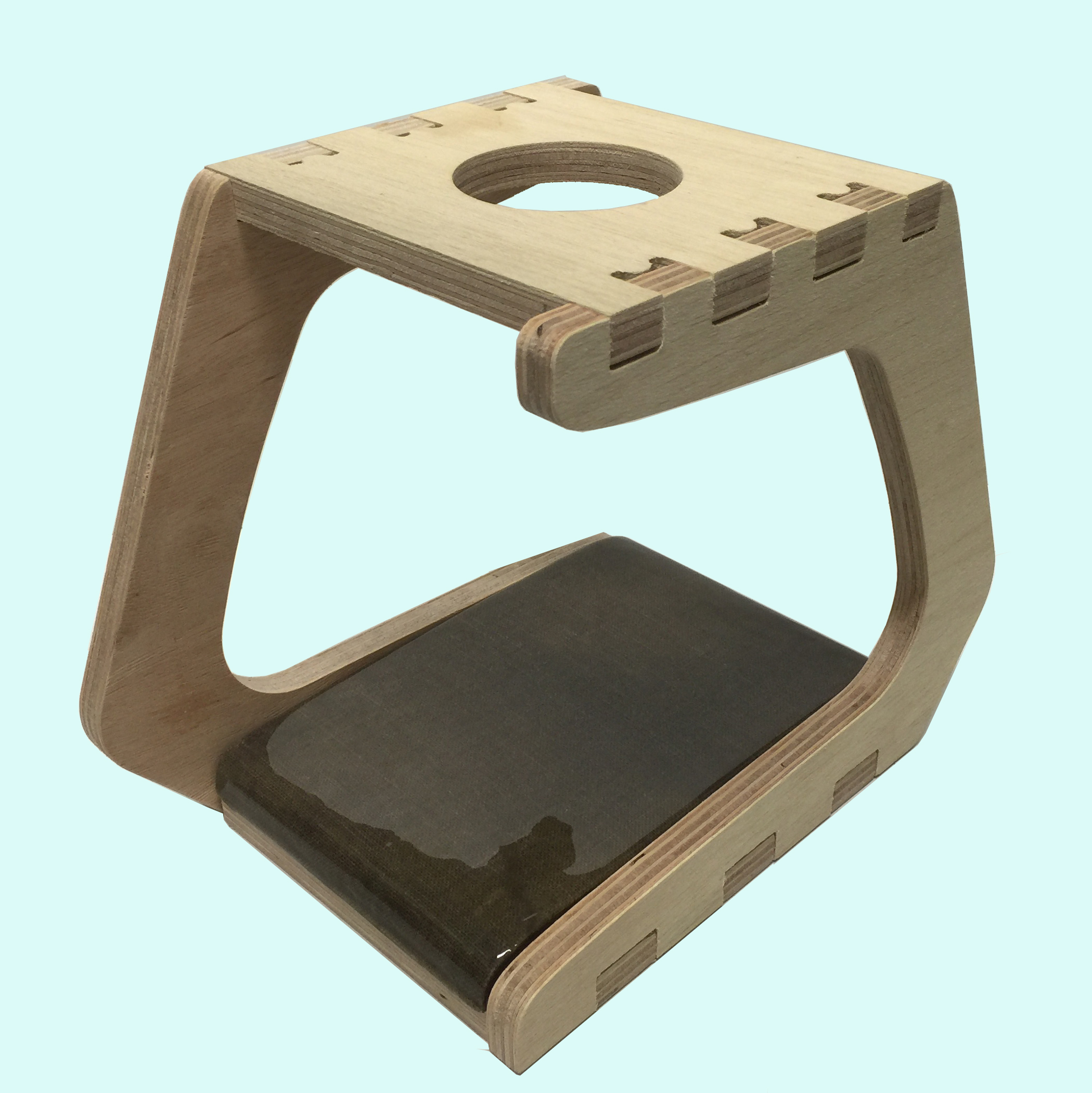
Applications and Implications
As a coffee geek, I really enjoy hand drip brewing because you can adjust so many different things to make your brewing unique. Besides from the bean itself, there are two major parameter that many coffee geek would like to know about their brown liquid - temperature of the water & bean-water composition (in weight).

Now most of the hand brewing hobbyists make use of a thermometer and a kitchen scale to do the job. The combination is OK, yet there are at least two things I think can be much improved. First, most guys use contact thermometers, it takes few seconds to read the temperature and the contact itself actually takes heat away from the water. Second, for most of the kitchen scales, they are not designed for coffee brewing, which means you cannot set any script-ish parameter with the scales. There are some very fancy coffee brewing scale in the market, but to me, it is an overkill for it only takes the grams when it actually can do something more powerful with the hardware.
So here is my project:
I want to combine an high precision, fast respose IR thermometer and a weight scale onto a dripper stand, a dripper stand is where you can mount a coffee dripper, and do hand drip brewing from the top. underneath the stand is the place for coffee pot, mug, measuring cup or any container to catch the coffee. And this is what I did in the CNC week.


For the display interface, I want to get rid of LCD. Instead, I want to use RGB LEDs to show the status of the temperature and amount of coffee.
Laser cutting
CNC
3D Printing
Composite making
Microcontroller programming
Mobile app deign and programming
Circuit building
Acacia Lunar

http://acaia.co/
this baby will cost you $220 (MSRP). The rule of thumb for consumer electronics pricing: MSRP = X * (BOM + manufacturing + NRE shares), X can be anywhere from 5 to 10 depend on quantity and sales channel.
NRE stands for non-recurring engineering fees here.
Melexis MLX90614 - ~$15 (DigiKey)
HX711 module - ~$4
4* WS2812B - $4 ($0.5 each, 10 pcs/pack from Adafruit)
5kg load cell - free, you can find similiar ones for about $3
other electronics - $7
copper plate (PCB) - $1
HC05 bluetooth module - $6
CNC coolant pipe - $5
pin headers & wires - let's say $5
15mm plywood - 4 cut sheets for $7
PLA filament - $3
burlap + epoxy - $10
sub total: $96.95 - not so cheap huh?
May 24 - Jun 5
electronics design & building
Jun 6 - Jun 15
mechanics design & building
Jun 15 - Jun 19
presentation preparation
Jun 15 - Jun 24
code & interface application development
Basically this is a toy for coffee geeks, it might find a right niche market fit for the gadget. Yet I do not think this will be a product for everyone.
95% of people just want a quick coffee from Starbucks or even instant powder. Only paranoid coffe lover will pay for a device like this. Still I will like to see the market potential of this device when developed into a real product.